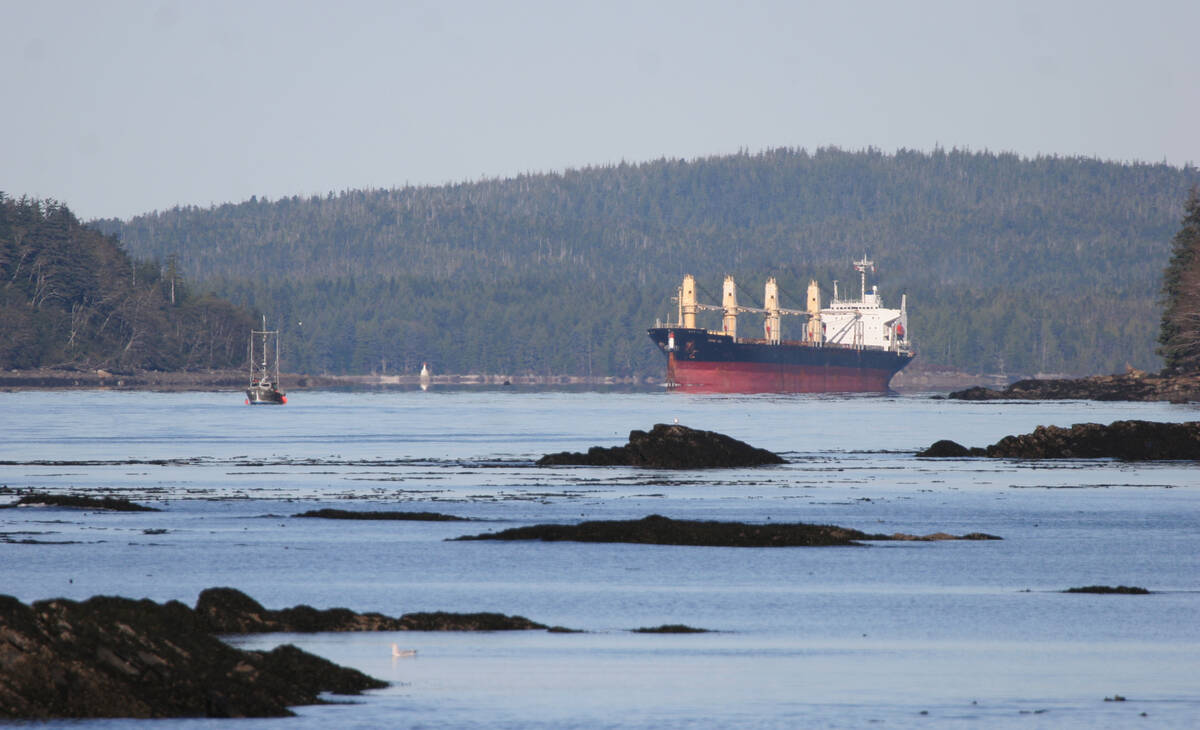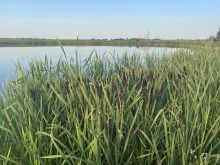SWIFT CURRENT, Sask. – Irrigation and dryland acres should be separated under Canada-Saskatchewan crop insurance, says the Saskatchewan Irrigation Projects Association.
The group plans to send a petition to provincial and federal agriculture ministers and the crop insurance corporation bearing names of farmers who grow irrigated and dryland crops.
John Konst, a potato and cattle producer at Outlook, Sask., said under current crop insurance policies, surpluses from irrigated acres are used to cover losses from dryland areas where the irrigation pivots do not reach.
“Crop insurance doesn’t make a distinction between the two,” complained Konst, chair of the South Saskatchewan River Irrigation District and vice-chair of the Irrigation Crop Diversification Corporation.
Read Also

Farm groups ask feds for export sales reporting
The Agricultural Producers Association of Saskatchewan and SaskCrops asks the federal government to create an Export Sales Reporting program.
He said irrigation takes much of the risk out of farming, with only hail and crop disease left to insure.
At the sixth annual SIPA and ICDC conference in Swift Current Dec. 3-4, Gord Nystuen, deputy minister with Saskatchewan Agriculture, defended current crop insurance policies in Saskatchewan, saying they insure the whole farm as one entity to keep premiums reasonable for all clients.
“We have not allowed people to split up the farm and mitigate the risk,” he said. “You mitigate what happens on one piece of property against what happens on the others, so it’s a basket approach.”
Konst said education is needed to inform government of irrigation’s economic value, citing areas like Outlook and Moon Lake as good examples of crop diversification from irrigation. On his own farm, he grows wheat, peas, vegetables, potatoes and alfalfa and has a 70-head cow-calf operation.
“Irrigation is not a top priority in Saskatchewan,” he said.
SIPA is looking to the precedent established by Alberta. There, insurance policies have distinguished between irrigated and dryland acres since 1986, said Stan Klassen of the Alberta Irrigation Projects Association.
Klassen said the separation of the two kinds of farming in insurance policies is recognition of Alberta’s dependence on irrigation.
He said the Alberta government has staked a lot on irrigated acres to achieve its long-term goals to increase primary and value-added production. Irrigated acreage in the province accounts for 20 percent of gross product, said Klassen, noting 70 percent of Canada’s irrigated acreage is in Alberta.
Keith Francis, chair of the Alberta irrigation association, said the distinction made between the dryland and irrigation fields also reflects the government’s recognition of the higher costs of production incurred on irrigated acres.
“It’s not equitable to pay the same to dryland and irrigation farmers,” he said.
When a drought hits and there is a loss of revenue, Francis said irrigated producers are hit especially hard because of their higher input and energy costs.














